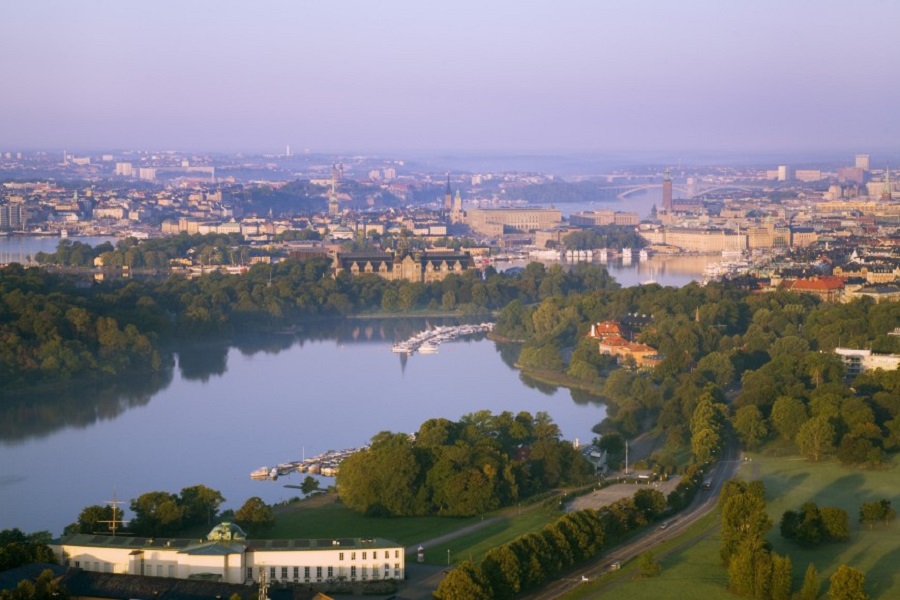Sweden
Population
There are 10 million people in Sweden, of whom about 2 million are under the age of 18. Eighty-five percent of them live in cities. Sweden is a very multicultural country: 15 per cent of Swedes were born in another country, while about one in five children in Sweden has a family with roots in another country.

The capital of Sweden, Stockholm, is also the country’s largest city, with more than 950,000 inhabitants. Other large cities are Gothenburg, in western Sweden (population 570,000), and Malmö (population 340,000) in the south. Uppsala and Lund are well-known university cities.
Less than three per cent of Sweden’s land area is built up and forests cover 69 per cent of the country. Sweden is long – some 1,574 kilometres from top to bottom – and can be divided into three major regions: Götaland in the south, Svealand in the middle and Norrland in the north.
Lifestyle
Swedes study and work hard but they also take their rest and relaxation seriously. So the fika – a coffee break that normally consists of coffee or tea, cookies or sweet buns, but can also include soft drinks, fruit and sandwiches – is a social institution and an important part of the national culture. You can fika (it’s a verb as well as a noun) with your family or on your first date.

Language
Swedish is the official language of Sweden. The vast majority of Swedes also speak English, and generally to a very high level. Many Swedish multinational organisations have English as their corporate language, and a large number of university degree programmes and courses are taught in English. Sweden is home to five official national minority languages, and countless other languages are spoken by Sweden’s diverse population. The largest, after Swedish, are Finnish, Serbo-Croatian, Arabic, Kurdish, Spanish, German and Farsi (Source , in Swedish).
Unfortunately no locations were found.

